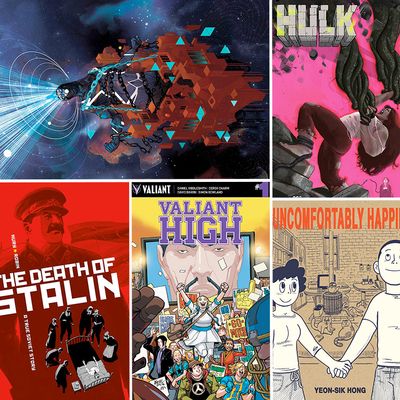
Each month, Abraham Riesman offers recommendations of comics, including book-length graphic novels, comics-format nonfiction, and ongoing series. With any luck, at least one of them will be a match for you.
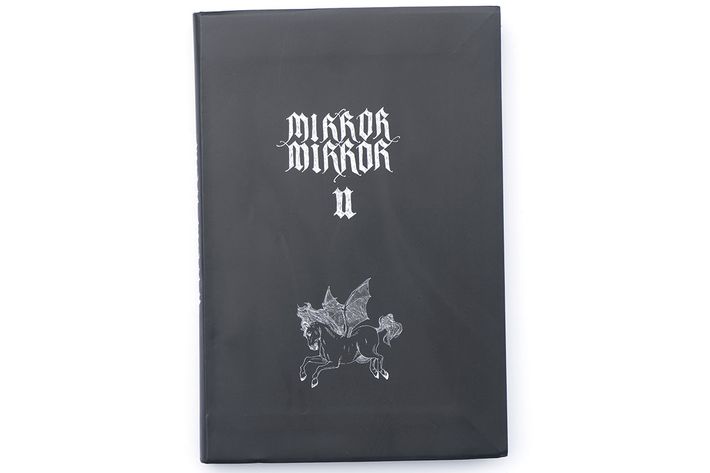
Mirror Mirror II by various (2dcloud)
There was a time when you could rely on comic books for bone-deep terror — the early-1950s was the heyday of horror tales produced by publishers like EC Comics. Alas, that heyday was cut short by a moral panic and a subsequent regime of censorship, and horror comics never quite recovered as a phenomenon. Thank goodness, then, for Mirror Mirror II, a new collection of short horror pieces edited by Sean T. Collins (who is a contributor to Vulture) and Julia Gfrörer. It awakens the long-underused genre and pushes your fear buttons in ways you could never have anticipated. It’s hard to pick the most memorably mind-devouring portion: Is it cartoonist Mou’s tale of a guy who one day finds himself painfully ejaculating letters that spell out a set of cryptic sentences? Or filmmaker Clive Barker’s painted vignettes of savaged and distorted human figures? Or Al Columbia’s unnerving single-panel depictions of old-timey cartoon characters engaging in unspeakable acts? Open wide and decide for yourself.
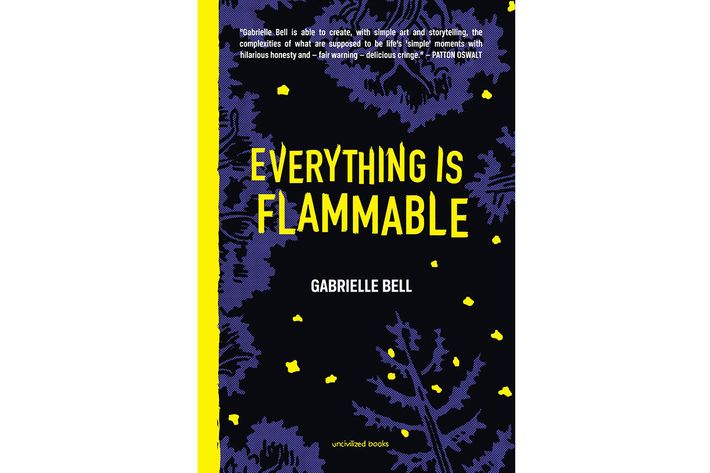
Everything Is Flammable by Gabrielle Bell (Uncivilized)
Before we go any further, I have to warn cat lovers that Gabrielle Bell’s latest memoir, Everything Is Flammable, has an egregious pro-dog bias. She’s all too forgiving of the behavior of aggressive dogs that she and her family have owned over the years, even recounting times that some of them straight-up murdered felines. That said, those vicious scenes are memorable for precisely the same reason so much of the tome is: It depicts the grimmer aspects of daily existence without over-explanation or sentimentality, providing you with the facts on the ground and requiring you to come to your own conclusions about how Bell and those around her can and should navigate poverty, isolation, and mental-health issues. Come for the grippingly quotidian narrative; stay for the distinctive brew of organic linework and autumnal color.
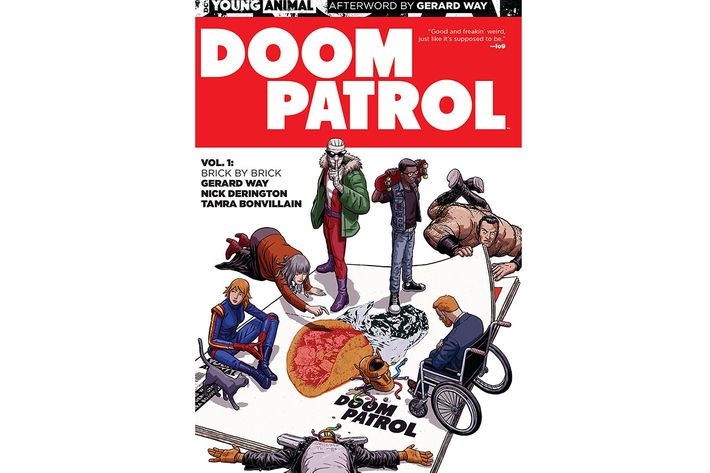
Doom Patrol: Brick by Brick by Gerard Way, Nick Derington, and Tamra Bonvillain (DC)
Godlike comics writer Grant Morrison once said that every superhero team had to have a real-life archetypal analogue, and that the Avengers were a football team, the Justice League were the United Nations, the X-Men were a school, and the Doom Patrol were a support group. The obscure squadron was made cult famous during a run penned by Morrison in the early 1990s, and one of the many people upon which it made an impression was young Gerard Way. Lucky for us, Way grew up into a writer of significant talents and recently revived the Doom Patrol alongside penciler Nick Derington and color artist Tamra Bonvillain, and the result has been nothing short of stunning. It sticks with the notion of the Patrol being a form of group therapy for its misfit members, including a traumatized fighter pilot who contains a radioactive “soul-self,” a sentient street (yes, you read that right), and a new recruit whose past may or may not have actually happened. It’s trippy, it’s beautiful, and it’s best if you just let it wash over you, rather than trying to process it all. You know, like life.

Black Bolt by Saladin Ahmed and Christian Ward (Marvel)
We’re only one issue into writer Saladin Ahmed and artist Christian Ward’s Black Bolt, but it already feels like one of the best comics of the year. That fact is made all the more remarkable when you consider that Ahmed — a novelist by trade — had never published a comic before this one. You’d never be able to tell, though. He’s gotten the series off to a rip-roaring start, and Ward is producing some of the most evocative and terrifying work of his career. We encounter the title character — a longstanding Stan Lee and Jack Kirby creation who acts as king of the mysterious Inhumans and can destroy matter with but a whisper of his superpowered voice — during a period in which he finds himself jailed and confused as to his circumstances. As he makes moves toward escape, it becomes woefully clear that all is not as it seems, and even this mighty lord of superhumans becomes frightened by a world that doesn’t make sense to him. This could’ve been a cheap tie-in to the upcoming Marvel’s Inhumans TV series on ABC; instead, it’s a thrilling debut for a fierce new talent.
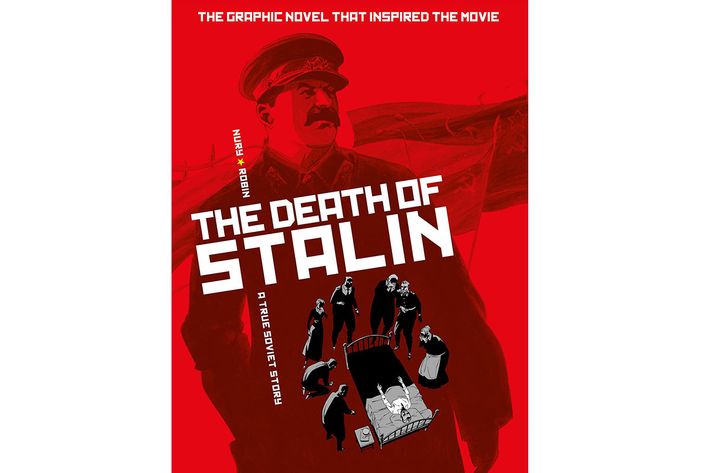
The Death of Stalin by Fabien Nury, Thierry Robin, and Lorien Aureyre (Titan)
It’s absolutely fitting that The Thick of It and Veep creator Armando Iannucci is adapting The Death of Stalin into a film, as it’s one of the better political comedies to grace the comics page in recent years. The tale, originally told in French and appearing here in translation, follows the absurd chain of events that led up to, and followed, Joseph Stalin’s stroke and subsequent death in 1953. Although the old bastard had been in poor health, he had failed to set up a clear plan for his succession, and when he starts to kick the bucket (note that I say “starts,” as his perishing ends up taking a considerable amount of time), chaos breaks loose and palace scheming goes into high gear. In this historical farce, expertly handled by writer Fabien Nury and artists Theirry Robin and Lorien Aureyre, backs are stabbed, lips get loose, and one of the most powerful nations in the world is revealed to be run by a bunch of childish assholes who can’t get their shit together. Not that that sounds familiar or anything.
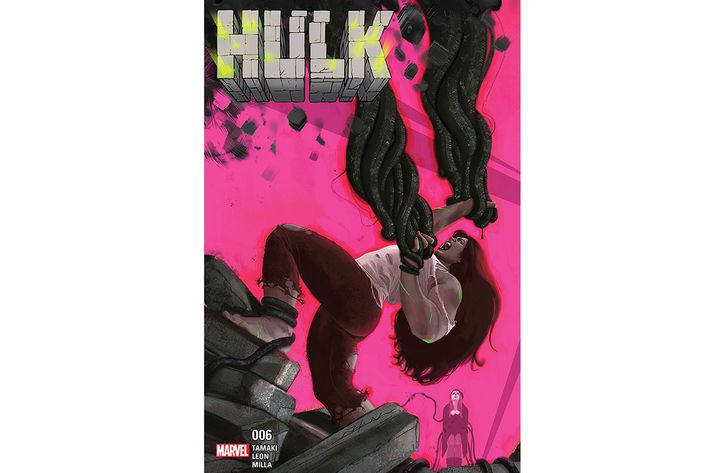
Hulk by Mariko Tamaki, Nico Leon, and Matt Milla (Marvel)
Despite its name, there were very few casualties in last year’s Marvel crossover event Civil War II — but that just makes it all the lonelier for the unlucky few who found their lives upended by it. Enter Jennifer Walters, a.k.a. She-Hulk, a hypercompetent lawyer who can transform into a green beast like her cousin, Bruce Banner. During the aforementioned battle, she was brutally injured, Bruce was murdered, and her confidence in herself and her world was shaken. Hulk picks up after everyone else has cheerily moved on to other fights and Jennifer gets out of the hospital and attempts to pick up the pieces. She hardly does anything superpowered — indeed, the series is more about trauma, grief, and depression than it is about fisticuffs and evil-smashing. Nico Leon and Matt Milla turn in A+ work, but the real action here comes from the tender and unsettling scripts of Tamaki, who is fast becoming one of the comics medium’s hottest talents.
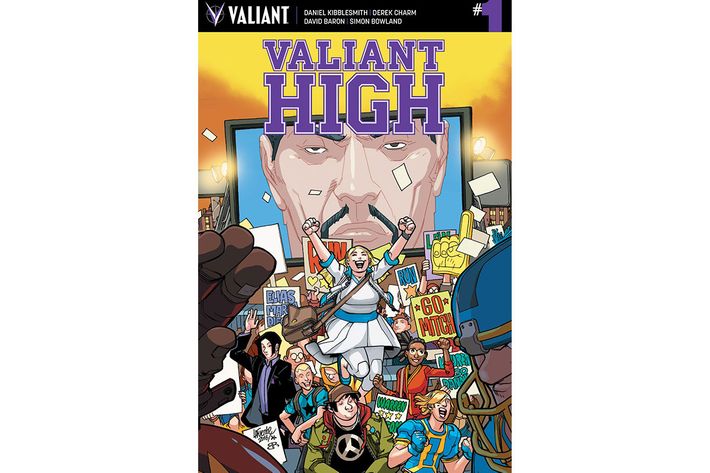
Valiant High by Daniel Kibblesmith, Derek Charm, and David Baron (Valiant)
One of the great frustrations of the modern superhero economy is how little most people are willing to play around with genre. Virtually every tale of spandex-clad derring-do is an action-adventure story about someone overcoming impossible odds in a battle with evil incarnate; wash, rinse, repeat. That’s why stories like Valiant High are so sorely needed. The mini-series, written by Late Show With Stephen Colbert writer Daniel Kibblesmith (who, full disclosure, is a friend of mine) and illustrated by Derek Charm and David Baron, takes adolescent versions of the superheroes of the Valiant Entertainment mythos and puts them in a low-stakes, delightful set of adventures at a high school. They all still have powers and responsibilities, of course, but by mixing such superhero tropes with John Hughes–esque teen drama and cheeky self-awareness, the creative team produces a heady brew of charm and delight. Hey Marvel and DC — you realize you guys can do this with your characters, too, right?
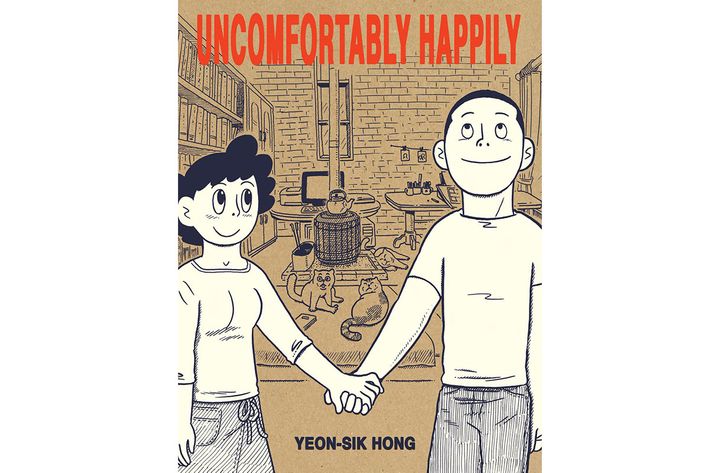
Uncomfortably Happily by Yeon-sik Hong (Drawn + Quarterly)
America isn’t the only country that overly fetishizes rural existence, and South Korean writer-artist Yeon-sik Hong breathlessly demonstrates the glory and difficulty of communing with oneself while communing with one’s land. Hong builds an epic out of the daily tribulations of an urban couple who pull up roots and move to a home on a mountaintop. The narrative is surprisingly gripping, given that very little of note happens in most of the chapters, but the mix of pathos and buoyant humor — as well as charming and three-dimensional characterization — keep you engrossed. Plus, the artwork is fantastic, mixing cartoony, almost Lynda Barry–ish figure work with stunningly evocative and impressionistic landscapes.

